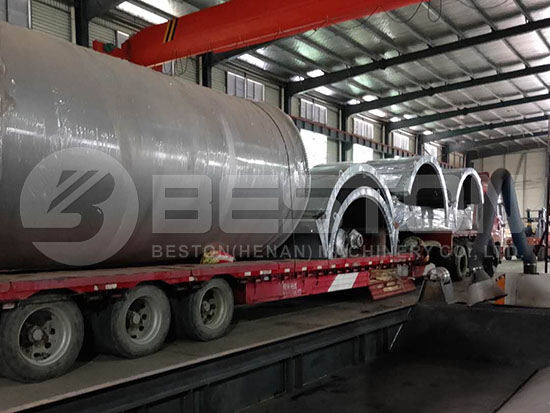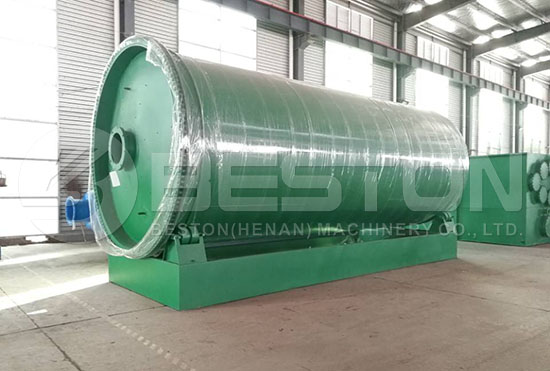Recycling Waste to Oil And Cost Of Pyrolysis Plant
A pyrolysis machine is used to convert waste materials into tradeable commodities, such as waste plastic, waste tyre, rubber, etc. If you are thinking about setting up a waste recycling plant, such a pyrolysis machine is a must-have piece of equipment, as it allows you to convert waste into fuel oil.

In many places, over a third of all trash is made up of plastic items such as straws, bottles, food packaging, containers, etc. Given that many forms of plastic can take hundreds of years to decompose, sending such waste to landfill sites creates many problems. An average plastic bottle, for example, takes 450 years to decompose. The other problem is caused by rubber tires. To solve the problem of mounting plastic waste, old tires, and oil sludge, many countries are now embracing pyrolysis technology and offering incentives to those setting up waste recycling plants.
The cost of pyrolysis plant depends on a multitude of factors, including the location of the supplier. Some of the world’s leading suppliers of industrial pyrolysis reactors, such as Beston Machinery, have exported products to dozens of countries including South Africa, South Korea, the UK, the Philippines, Indonesia, Romania, and Hungary, etc.

In a bid to match the requirements of different customers, pyrolysis plant manufacturers have designed plants with different working methods. The three main working modes of pyrolysis plants are fully-continuous, semi-continuous, and batch. Of course, manufacturers can work with customers to design bespoke plant operating systems that match the needs of the recycling facility owner. If you plan to run a waste recycling business processing hundreds of tons of raw materials each week, you obviously need to invest in a fully continuous pyrolysis reactor.
Daily processing capacity is one of the most important details on any pyrolysis plant specification sheet. The capacity can range for 6 tons to 30+ tons, and manufacturers are always trying to develop bigger machines. Note that in addition to plastic, most pyrolysis reactors can also process rubber tyres, oil sludge, and many other materials. All reactors employ water cooling systems and tend to have a working lifespan of eight years at maximum. If you plan to recycle waste tires at your pyrolysis plant, you can prolong the lifespan of the reactor by removing all steel wires from the tires before they are fed into the reactor.
The operating pressure of pyrolysis plants differs depending on the working method. Fully continuous and semi-continuous models have horizontal reactor patterns and operate under constant pressure. Meanwhile, batch system pyrolysis plants typically have rotary reactors and operate under normal pressure. The energy efficiency of horizontal patterned reactors is superior. So, if optimizing a plant’s running costs is important to you, look fo semi-continuous or fully continuous pyrolysis reactor.
If you have a limited budget to set up your pyrolysis recycling business, you might like to know that some of the lowest prices on pyrolysis reactors can be found in China. Indeed, the prices of waste pyrolysis plant machinery can be as much as 75% cheaper from suppliers based in China as opposed to domestic suppliers. What’s more, the cost of international shipping services is now more affordable than ever before. So, be sure to take a look at pyrolysis plant equipment from overseas manufacturers.